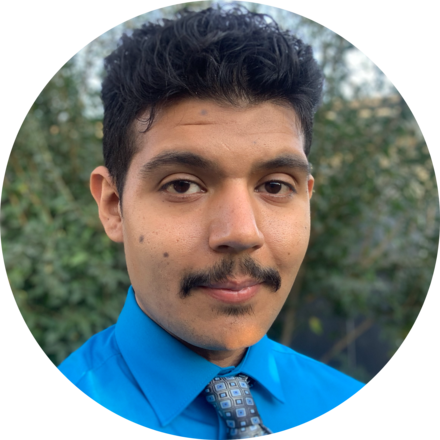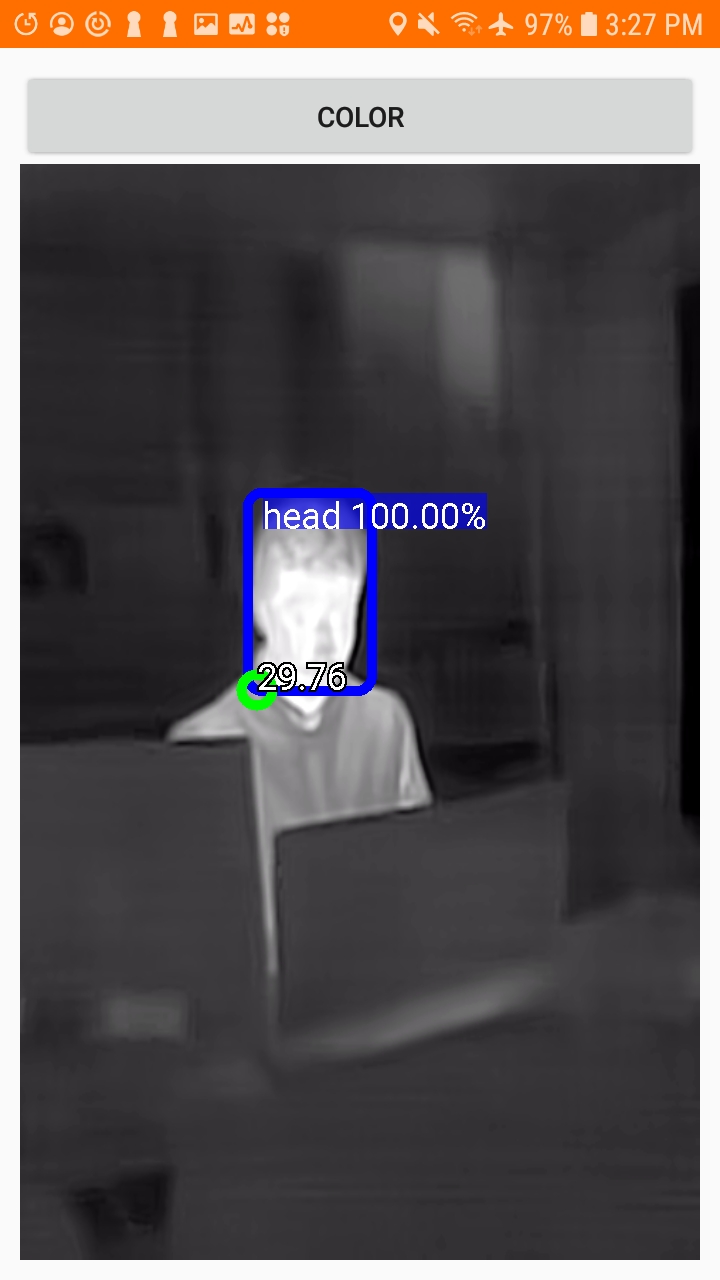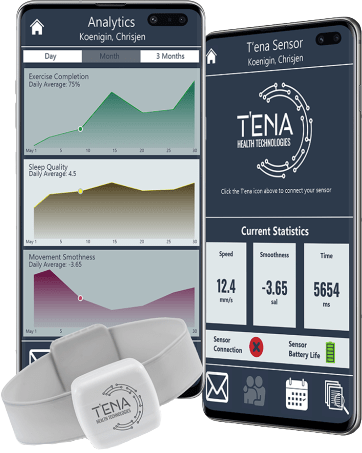
Lead Software Engineer, T'ena Health Technologies, San Francisco, CA
Research Assistant, iLab, CSU East Bay, Hayward, CA
Computer Science BS, CSU East Bay, Graduated December 2020
Emmanuel earned his B.S. in Computer Science at California State University - East Bay, studying data science, machine learning, computer vision, and Android mobile development. He is slated to begin his graduate studies in August, 2021 at the University of Illinois: Urbana-Champaign Master of Science in Computer Science program under a fully funded Fellowship Appointment, where he hopes to further his studies in machine learning and computational data science in order to build his career combating climate change through the development of innovative technologies.
Emmanuel currently works as the lead software engineer at T'ena Health Technologies, where he helps the company fulfill their mission of reducing global health inequities by developing the OutREACH system, which aims to bring patients in underserved nations together with their physicians for personalized remote care.
Emmanuel has also served as a research assistant for Dr. Lynne Grewe at iLab out of CSU East Bay, where he helped develop the Infrared Fever Indication System, a mobile augmented reality fever screening system that allows users to increase their situation awareness with respect to COVID-19 and other diseases.

Fig 1. IRFIS in action on the Covid-ID Android application. (2020)

Fig 2. Covid-ID's live map interface. (2020)
- Grewe, L., Gallegos, E., et al., Health Crisis Situation Awareness using Multiple Modalities. SPIE Defense + Commercial Sensing Conference. 2021 (Accepted into Conference - Coauthor)
- Grewe, L., Gallegos, E., et al., Low-Resolution Infrared Temperature Analysis for Disease Situation Awareness via Machine Learning on a Mobile Platform. SPIE Defense + Commercial Sensing Conference. 2021 (Accepted into Conference - Coauthor)
- Gallegos, E., et al., Machine Learning Based Low-Resolution Infrared Head Localization for Disease Situation Awareness via Mobile Skin Temperature Analysis. 32nd Annual Great Minds in Stem Conference. 2020 (Presented at Conference - Primary Author)
- Gallegos, E., et al., Mobile Head Detection with Thermal Imaging for Skin Temperature Analysis. 32nd Annual Great Minds in Stem Conference. 2020 (Presented at Conference - Primary Author)
Starting in the Summer of 2020, in response to the outbreak of SARS-Cov-2 (COVID-19), Emmanuel began working with Dr. Lynne Grewe on a computer-vision based system to help users increase their situation awareness with respect to COVID-19. The system combines various modules which each use deep learning to predict risky situations that could lead to the spreading of COVID-19. Some examples include detecting areas where crowd density is too high, social distancing protocols are not being followed, mask usage is low or absent, and fever instances are detected.
Emmanuel joined the fever detection team and has helped lead the development of the Infrared Fever Indication System, which uses Android-mounted FLIR One Pro infrared cameras and deep learning object detection models to isolate human heads and perform live temperature analysis on the subjects in order to give the user live feedback on individuals around them who may exhibiting signs of fever with an augmented reality interface. (Fig 1).
Additionally, Emmanuel led the visualization team, which consolidated the risk factors from each sub-module and uses them to populate a live maps interface which users can view to visualize regions around them that may pose higher risk of spreading COVID-19. (Fig 2).
After receiving NSF funding through the CAHSI Virtual REU Program to continue his research with Dr. Grewe, Emmanuel had the opportunity of presenting the team's findings at the Great Minds in Stem Conference in 2020, where his extended abstract and research poster were both accepted into the conference to share with the scientific community.
Additionally, Emmanuel is a coauthor on two papers submitted by Dr. Lynne Grewe to the SPIE Defense + Commercial Sensing Conference, on the subject of the development of IRFIS and Covid-ID, the Android application which hosts IRFIS and the other situation awareness modules.

Fig 3. The OutREACH patient's application home screen. (2020)
Emmanuel joined T'ena Health Technologies in June of 2020, after being contacted by the CEO and founder, Dr. Charmayne Hughes, a kinesiology expert and Health Equity Institute Full Professor at San Francisco State University. As a member of the T'ena Health team, Emmanuel's work in developing the prototype OutREACH system helped the company secure funding from the COVID-19 Africa Rapid Grant Fund in order to get patients connected with their physicians remotely. T'ena Health is passionate about reducing health inequities in industrializing nations by making modern technologies accessible to all members of society. It was this passion to use technology to do good, a passion that Emmanuel shares deeply, that drew him to this fulfilling position.
Emmanuel's work at T'ena Health revolves primarily around the development of two Android applications, both front-end and back-end. Hired as a fullstack software engineer, Emmanuel works independently as lead software engineer developing the patient and physician applications which, along with the integrated intelligent kinematic sensor other staff are developing, make up the OutREACH system. (Fig 3) Emmanuel is now working with a team of engineers at Apzumi, based in Poland, to ensure the application is compliant with HIPAA regulations.
Emmanuel will be aiding Dr. Hughes in overseeing the first launch of the OutREACH system in Japan, 2021.
